Coccidiosis in cattle is contagious enteritis in all domestic animals, caused by infection with both Eimeria and Isospora spp. It is intracellular protozoa and is characterized by diarrhea and dysentery with anemia and chronic form by low growth rates and production. Coccidiosis occurs worldwide, and domestic animals are more susceptible. Overcrowding and feeding animals on the ground increase the incidence of disease.
What Do You Need To Know About Coccidiosis in Cattle
Coccidiosis is a common disease of cattle and occurs primarily in young animals. But the disease may appear at any age when resistance is affected by the intercurrent disease, inclement weather, and not previously exposed to this infection. Early weaned animals are more susceptible to Coccidiosis than those weaned at a later date. Coccidiosis in cattle is immunosuppressive, which may increase their susceptibility to other common infections.
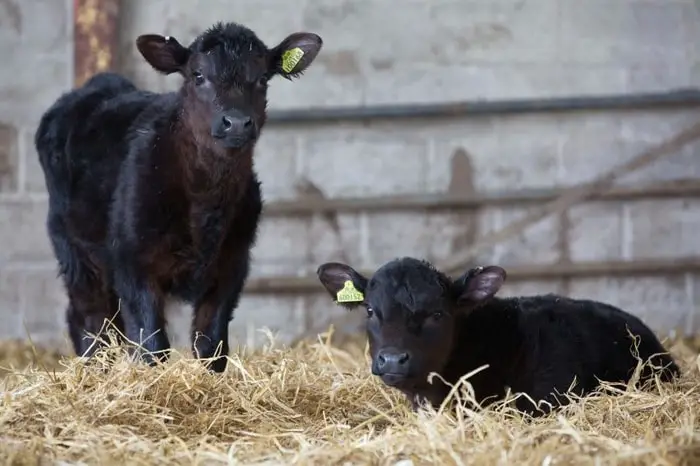
Causes of Coccidiosis in Cattle
Coccidiosis in cattle is caused by an intracellular protozoan parasite called Eimeria spp. It is an intracellular parasite restricted with few exceptions to the host’s intestine’s epithelial cells. A total of 13 species of Eimeria have been recorded in cattle. Three principal pathogens are E. zuernii, E. bovis, E. alabamensis causes a loss of the gut’s absorption capacity with consequent diarrhea and dysentery.
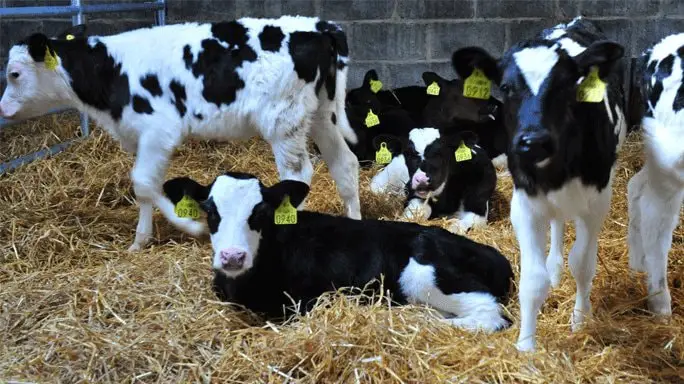
Epidemiology and Transmission of Bovine Coccidiosis
The disease is distributed worldwide, and young calves, lambs, kids, piglets, and foals are generally affected. Occasionally adult cattle may be affected by the organisms. Coccidia is host-specific, and there is no cross-immunity between species of coccidia. Coccidiosis’s morbidity rate is high, but the rate of clinical disease is 5 to 10%.
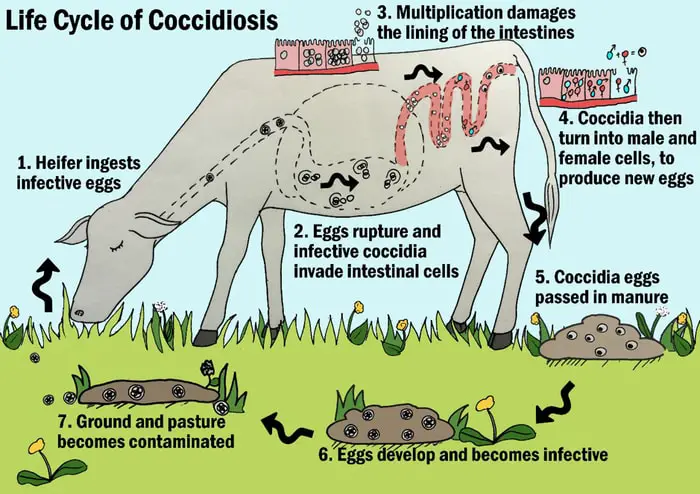
Infection occurs commonly when weaned calves are fed on the ground, resulting in the feed’s continuous fecal contamination. The disease occurs in overcrowded, dirty, wet conditions and when fecal contamination of the feed is standard.
What are the symptoms of Coccidiosis in cattle?
The incubation period of Coccidiosis depends on the species of coccidia and animal affected. The typical clinical signs include:
- A mild fever may occur in the early stages.
- Sudden onset of diarrhea with foul-smelling, fluid feces containing mucous and blood.
- Dehydration of the animal.
- Severe cases show hemorrhagic diarrhea.
- Feces may contain mucous and strands of the sloughed intestinal mucosa.
- Fresh, unclotted blood may dribble from the anus.
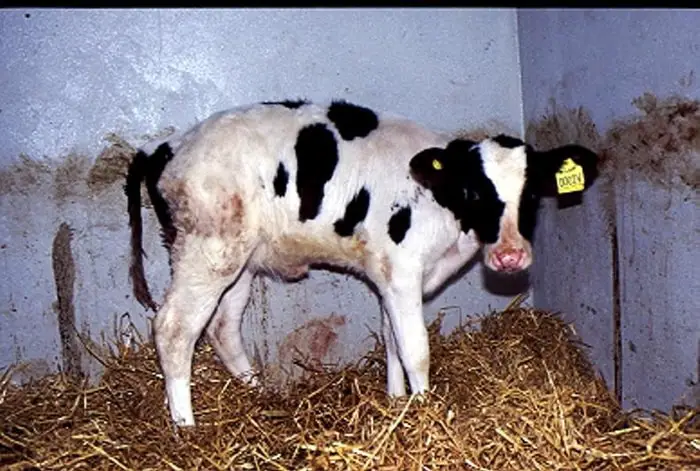
- The perineum and tail are commonly soiled with blood-stained feces.
- The condition is often leading to myiasis.
- The animal is anorexic and listless and becomes emaciated.
- Nervous signs include muscular tremors, hyperesthesia, chronic-tonic convulsions, opisthotonos, nystagmus.
- Occasionally blindness and high mortality rate 80 to 90% in calves.
Diagnosis of Coccidiosis in Cattle
The diagnosis of the disease is made on
- The history of the habitat of growing animals.
- Signs including dysentery, tenesmus, mild systemic involvement, and dehydration.
- The confirmatory diagnosis is made by demonstrating the oocysts in the fecal sample of affected animals.
- Floating techniques are generally used to concentrate oocysts in the feces, and sometimes for counting oocysts, a modified McMaster technique is used.
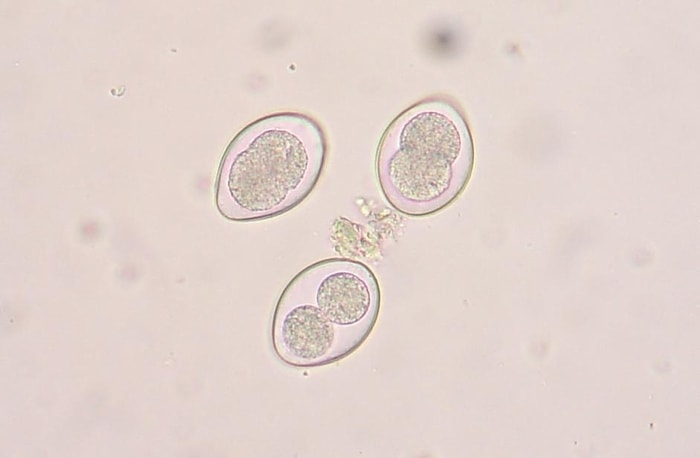
How Do You Treat Coccidiosis in Cattle?
Coccidiosis is a self-limiting disease. Anticoccidial drugs are used both therapeutically and prophylactically. The traditionally used drugs to treat affected ruminants include sulfonamides, nitrofurazone, amprolium, monensin, and Iasalocid. Amprolium is currently still the drug of choice for the treatment of coccidial infection in ruminants. You can also give affected animals supportive therapy to help repair the damaged gut and limit secondary bacterial infection.
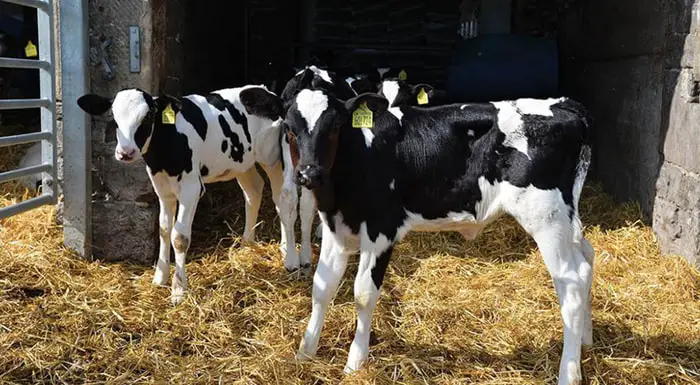
Control and Prevention of Bovine Coccidiosis
The following measures can control Coccidiosis in Cattle:
- Good hygienic management.
- The routine prophylactic medication of the feed.
- The affected animal should be isolated and treated.
- Successful economic control will depend on avoiding the overcrowding of animals.
- The feed should not be placed on the floor.
- The high-energy feed should be provided during and after stressful periods such as transport, cold spells, shearing, and waning.
- Anticoccidials may be added to the feed, especially before and during stressful periods.
- There is no effective vaccine for Coccidiosis is known so far.
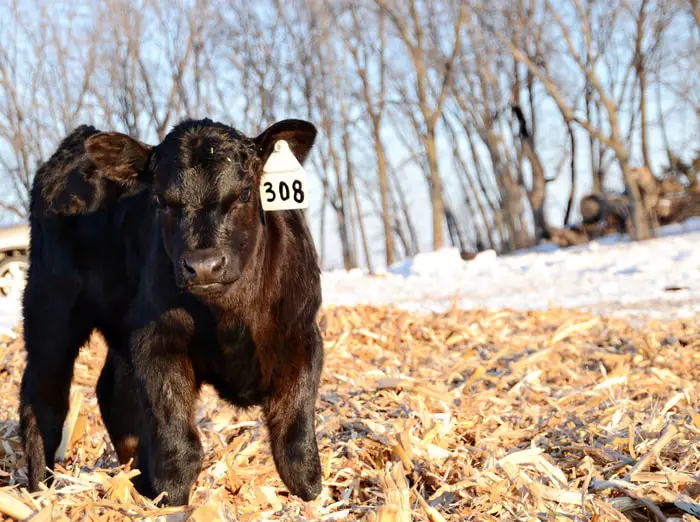
Final Advice on Bovine Cocciosis
Coccidiosis is a common problem in the calf and young animals in the herd. The disease is most serious in calves where they live in a crowded place. The mortality rate is higher by direct contact and feeding of contaminated feed and water. You can control and prevent the disease by improving the hygienic conditions of your farm. You must maintain a healthy living of calves, separate from sick and underdeveloped ones, and ensure young animals’ nutrition.